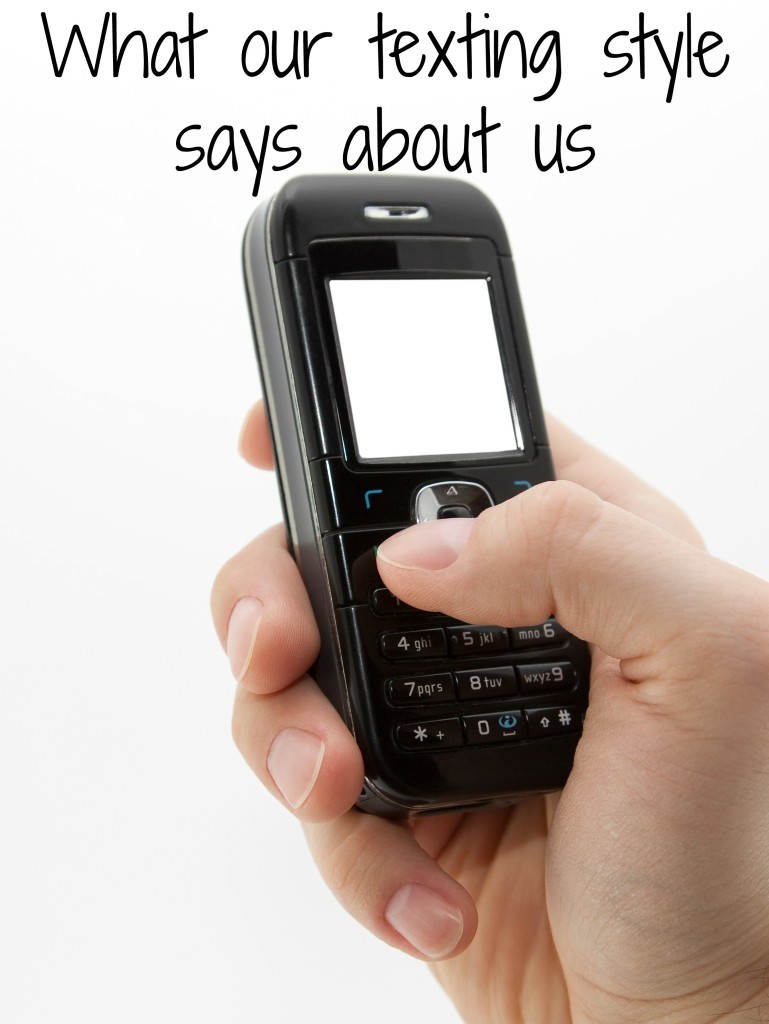A misplaced comma. A forgotten exclamation mark. Too many smiley faces. Poor sentence structure. Any of the above can spell disaster when it comes to relationships which revolve around texting.

Today’s fast-paced world means that nearly everyone relies on text messaging to communicate. But because it is so impersonal, it’s easy to come off as cold, detached, flippant, or overly-earnest. You can’t see the other person’s reaction to your text, and they can’t see yours. If the text message isn’t responded to immediately, it could be because the other person has no time to text back, or they didn’t see the message, or they simply do not want to return the text. It could be any of those reasons, but you do not know which one it is. It’s easy to both jump to conclusions and to lie to ourselves about why we aren’t receiving any response.
It’s amazing how much of day-to-day life is built around texting. Go out to dinner, to the bar, even to work or class or, God forbid, behind the wheel of a car, and you see cell phones. They’re either sitting on the table, waiting for a text message from someone else, or they’re in the hands of their owners as they text madly away, smiling and nodding distractedly to the conversation of the people they’re face-to-face with.
We stop living in the present. We don’t appreciate what is going on around us, right now, because making plans with other people or chatting idly via text message is more interesting.
Texting has the ability to make or break the day. For the texting generation, when you meet someone, you’re likely to “add them on Facebook” afterward. Exchanging phone numbers has become a novelty, but if you do somehow reach that point during initial introductions, the notion of either of you calling the other person to hear a voice on the other end of the line is almost unheard of. An exchange of phone numbers is the assumption that texting conversations will ensue.
Even then, what happens to the text? Facetiousness, for example, cannot be transmitted well via text. The edge of your jibes can be offset by an emoticon to convey that you are joking rather than serious, but too many smiley faces can be irritatingly juvenile. Words are frequently misspelled, and whether that’s due to laziness or thumbs flickering too quickly over the keypad or to an atrocious inability to spell, we’ll never know. But it is certainly unappealing when words are so poorly spelled that you aren’t entirely sure what the other person is trying to say.
Missing punctuation conveys a surprising amount in the text message. A one-word response or a lack of punctuation at the end of the text suggests disinterest on the other end of the conversation. It can be enough to stop you from continuing to text back and forth. Similarly, an overabundance of exclamation marks or other forms of punctuation seems almost too over-eager and can cause the conversation to stagger to a halt.
Perhaps some day we’ll get back to talking to one another the old fashioned way, face-to-face, but for now, it helps to at least think about the text before we send it, and to consider how it will be read by someone when they receive it without the expression and tone of voice that conveys extra meaning when we carry out a conversation in person.
Guilty as charged.
That was great!
Exactly “how many” extra periods or exclamation marks are appropriate???